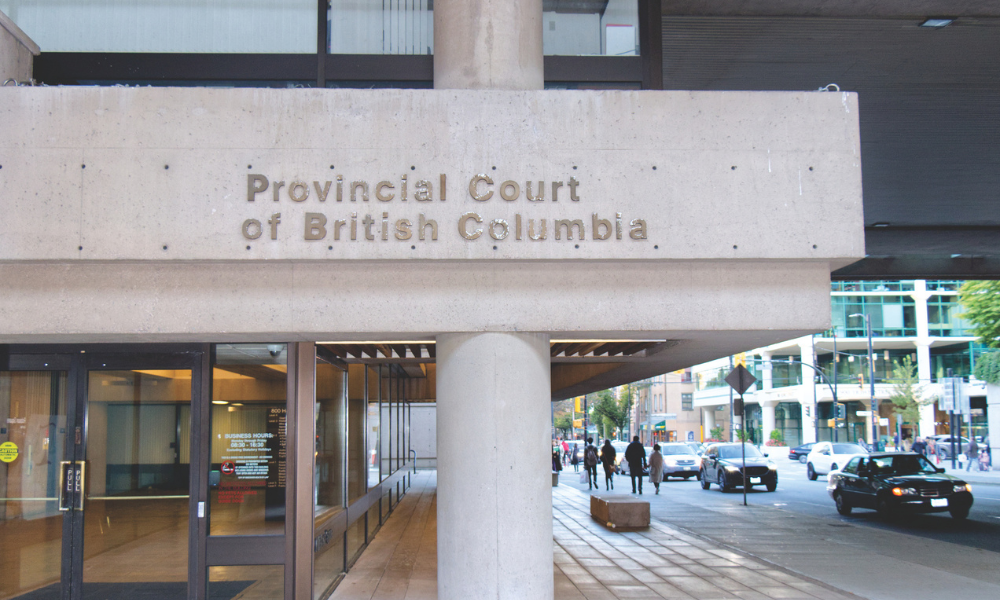The new tort of intrusion upon seclusion has been “implicitly” recognized in Nova Scotia, according to a ruling in a medical records privacy breach class action that challenged its existence in that province.
 The defendant in Hemeon v. South West Nova District Health Authority argued the relatively new tort, first set out in Canada by the Ontario Court of Appeal in Jones v. Tsige, wasn’t recognized in Nova Scotia and its elements hadn’t been set out.
The defendant in Hemeon v. South West Nova District Health Authority argued the relatively new tort, first set out in Canada by the Ontario Court of Appeal in Jones v. Tsige, wasn’t recognized in Nova Scotia and its elements hadn’t been set out.
But in a recent ruling, Supreme Court of Nova Scotia Justice Arthur Pickup said while the tort was never explicitly recognized in the province, it has been referred to in jurisprudence from the courts.
“While not explicitly recognizing the tort in Trout Point Ltd. v. Handshoe, Hood J. cited Jones . . . and held that ‘in an appropriate case in Nova Scotia there can be an award for invasion of privacy or as the Ontario Court of Appeal called it, the ‘intrusion upon seclusion,’” wrote Pickup.
Pickup added that another case, Murray v. Capital District Health Authority (cob East Coast Forensic Hospital) , also held that while “the tort of intrusion upon seclusion is novel . . . s. 7(1) of the [Class Proceedings Act] does not exclude novel claims; it means to exclude claims that have absolutely no chance of success, or frivolous claims.’”
The ruling is “another example of the tort of intrusion upon seclusion evolving in terms of being recognized in different common law provinces across the country,” says privacy lawyer Ted Charney. “The motions judge in this case reviews the historical evolution of the new tort and concludes that it’s been implicitly, if not expressly, been recognized in Nova Scotia.”
McInnes Cooper privacy lawyer David Fraser says that, to date, there have been no findings of liability based on the tort of intrusion upon seclusion in Nova Scotia but he suggests “that’s just a matter of time.”
“I don’t think there’s any reason to suspect that the Nova Scotia courts would do anything differently or follow a different path,” says Fraser.
In Hemeon, the defendant argued that if the tort is recognized in Nova Scotia, it should require the plaintiff to prove that the privacy breach caused them “anguish and suffering.” The defendant therefore asked the court to order the disclosure of the plaintiffs’ medical records in order to prove that the breach had caused them distress.
While mental distress is a requisite for the tort of intrusion upon seclusion in Australia, Pickup said there has been such no obligation in the Canadian jurisprudence.
“This element has not been required by Canadian courts that have recognized the tort, including, implicitly, this one,” wrote Pickup.
Charney says once a plaintiff has established that there has been a breach of confidential information that would be considered offensive, anguish and suffering are presumed.
“You have to establish that someone has invaded your privacy by looking at confidential records and that the nature of the records that were disclosed to this person would be, on an objective basis, be highly offensive,” he notes.










